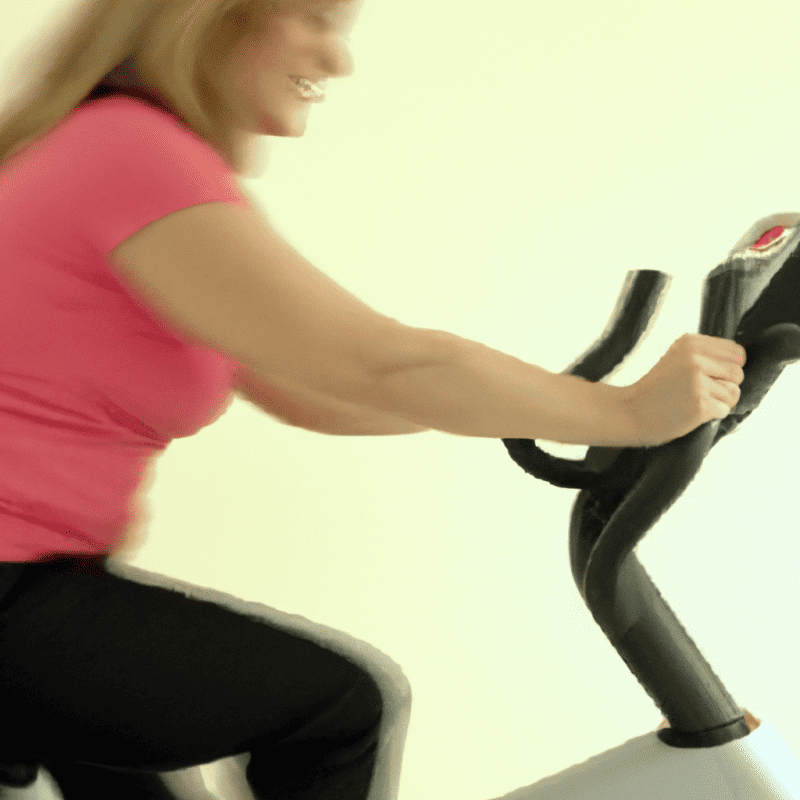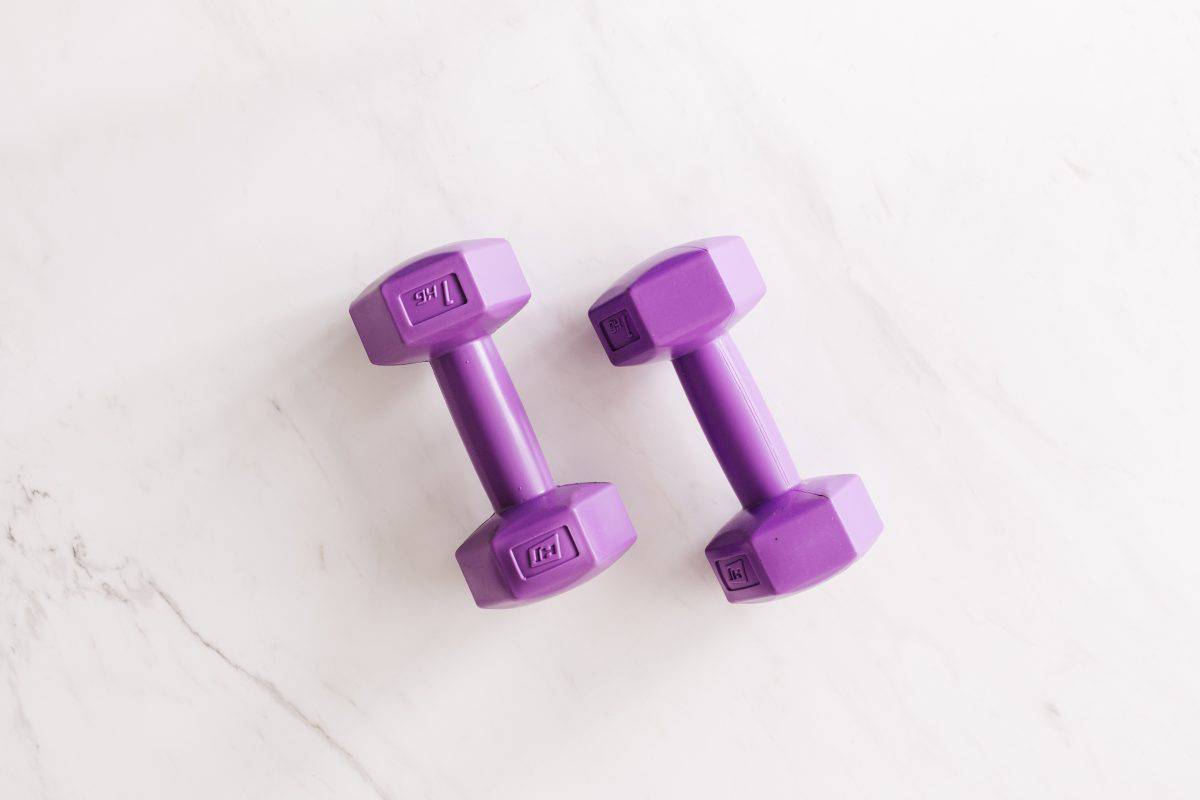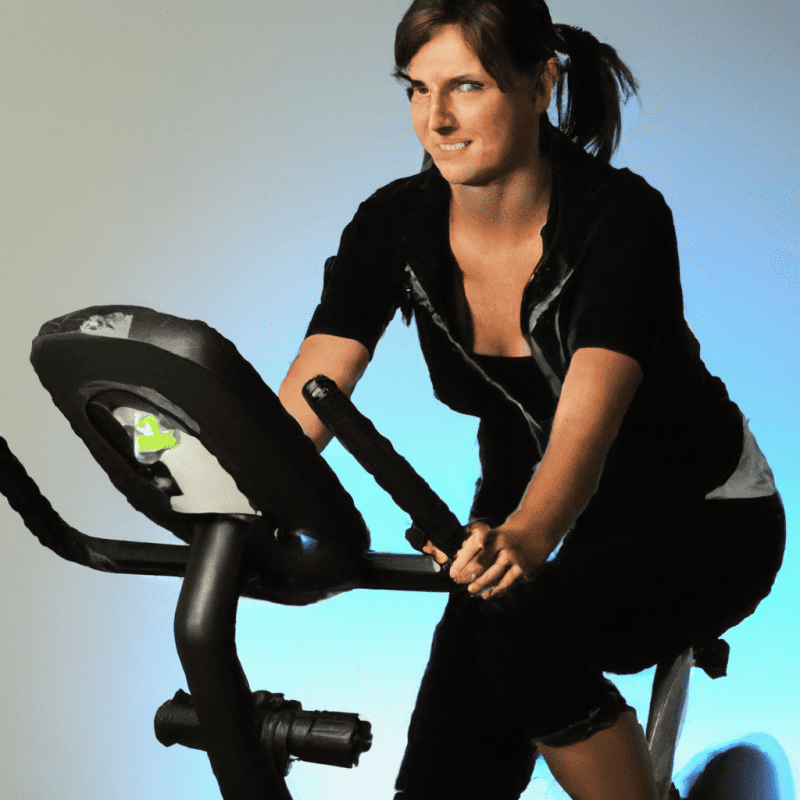Fitness
Creating a Fun and Effective Exercise Routine with an Exercise Bike
Are you tired of the same old workout routine? Looking for a fun and effective way to get in shape? Look no further than the humble exercise bike! With its versatility and ease of use, an exercise bike can be the perfect addition to your fitness routine. Whether you’re a beginner or a seasoned pro, this article will show you how to create a workout plan that is not only effective but also enjoyable. Say goodbye to boring workouts and hello to a new, exciting way to get fit with an exercise bike!
Choosing the Right Exercise Bike
When it comes to choosing the right exercise bike, there are a few key factors to consider. First and foremost, think about your fitness goals. Are you looking to improve your cardiovascular health, build strength, or simply stay active? Understanding your goals will help you determine which features and settings you need in an exercise bike.
Another important consideration is your budget. Exercise bikes come in a wide range of prices, so it’s essential to determine how much you’re willing to spend. Keep in mind that investing in a higher-quality bike can provide a more comfortable and durable workout experience in the long run.
Lastly, evaluate the different types of exercise bikes available. There are three main types: upright bikes, recumbent bikes, and spin bikes. Upright bikes resemble traditional bicycles and are great for those looking for a more intense workout. Recumbent bikes have a comfortable reclined seat and are ideal for people with back or joint issues. Spin bikes are designed for high-intensity, indoor cycling workouts.
Try Out Different Models
Once you’ve narrowed down your options based on your fitness goals, budget, and bike type preference, it’s time to try out different models. Visit a local fitness equipment store or gym where you can test ride different exercise bikes. Pay attention to the seat comfort, handlebar positioning, and overall stability of the bike. Trying out different models will help you find the one that feels the most comfortable and suits your workout needs.
Setting Up Your Exercise Bike
After you’ve purchased your exercise bike, it’s important to set it up correctly for optimal comfort and performance. Find a suitable location in your home where you have enough space to comfortably ride the bike and maintain proper form.
Adjusting the seat and handlebars is crucial for a comfortable workout. The seat height should be set so that your knees are slightly bent when the pedals are at the bottom of their rotation. The handlebars should be positioned at a height that allows you to maintain a relaxed and neutral grip.
Ensuring proper bike alignment is essential for preventing injuries and maximizing your workout. Make sure the pedals, seat, and handlebars are aligned in a straight line. This will help you maintain proper posture and prevent unnecessary strain on your joints.
Before you start your workout, check the bike’s stability. Ensure that all screws and bolts are tight and secure. Give the bike a gentle shake to make sure it doesn’t wobble or move excessively. A stable exercise bike is crucial for a safe and effective workout.
Safety Precautions
When using an exercise bike, it’s important to prioritize safety. Here are some safety precautions you should take:
-
Wear appropriate workout attire: Choose comfortable clothing and supportive shoes that allow you to move freely and prevent any potential injuries.
-
Use a safety mat or floor protector: If you’re using an exercise bike on a hard surface, such as hardwood or tile, consider placing a safety mat or floor protector underneath. This will help prevent any damage to your floor and provide additional stability.
-
Secure the pedals with straps or cleats: To prevent your feet from slipping off the pedals during your workout, use pedal straps or cleats. This will ensure a secure and stable footing.
-
Maintain proper form: Focus on maintaining good posture throughout your workout. Keep your back straight, shoulders relaxed, and engage your core muscles. Avoid leaning too heavily on the handlebars or hunching your shoulders.
Warming Up and Cooling Down
Before you hop on your exercise bike, it’s important to warm up your muscles and prepare your body for the workout ahead. Start with a 5-10 minute warm-up, such as walking or light jogging. This will increase your heart rate and warm up your muscles, reducing the risk of injury.
Incorporating dynamic stretches into your warm-up routine can further help improve your flexibility and range of motion. Examples of dynamic stretches include leg swings, arm circles, and trunk rotations. These movements will activate your muscles and prepare them for the upcoming workout.
As you begin your exercise session, gradually increase the intensity. Start with a moderate pace and resistance level, and slowly challenge yourself as your body gets acclimated to the workout. This gradual progression will help prevent strain or overexertion.
Once you’ve completed your workout, make sure to cool down properly. Spend 5-10 minutes cycling at a slower pace to gradually decrease your heart rate. This allows your body to recover gradually and prevents blood from pooling in your extremities.
Creating a Well-Rounded Routine
To get the most out of your exercise bike workouts, it’s essential to create a well-rounded routine that targets different areas of fitness. Here are a few key components to include in your routine:
-
Include cardiovascular exercises: Cycling on an exercise bike is a fantastic way to improve your cardiovascular endurance. Aim for at least 30 minutes of moderate to high-intensity cycling to get your heart pumping and improve your overall stamina.
-
Incorporate interval training: Mixing in interval training can help increase the effectiveness of your workouts and burn more calories. Alternate between periods of intense effort and active recovery. For example, cycle at a brisk pace for 1 minute, then slow down to a comfortable pace for 2 minutes. Repeat this pattern throughout your workout.
-
Add resistance training: Many exercise bikes come with adjustable resistance levels. Incorporate resistance training into your routine by increasing the resistance periodically. This will help build strength in your legs and make your workouts more challenging.
-
Integrate flexibility exercises: While cycling predominantly focuses on cardiovascular fitness, it’s important to maintain flexibility as well. After your workout, spend a few minutes stretching major muscle groups, such as your calves, quadriceps, and hamstrings. This will help improve your overall flexibility and reduce post-workout muscle soreness.
Tracking Your Progress
To stay motivated and monitor your progress, consider tracking various aspects of your exercise bike workouts. Here are some key measures to keep an eye on:
-
Set realistic fitness goals: Establishing specific, achievable goals can help you stay focused and motivated. Whether it’s increasing the duration of your workouts or reaching a certain distance or calorie burn, having goals can provide a sense of accomplishment.
-
Monitor your heart rate: If your exercise bike has heart rate monitoring capabilities, utilize them to gauge the intensity of your workouts. Aim for a target heart rate zone that aligns with your fitness goals. For most people, this zone is between 50% and 85% of their maximum heart rate.
-
Track distance and time: Many exercise bikes have built-in trackers that display distance and time. Keeping track of these metrics can help you see how far you’ve come and set new goals to push yourself further.
-
Use fitness apps or trackers: Consider using fitness apps or wearable trackers to record your workouts and progress. These tools often provide additional features, such as workout history, calorie tracking, and even virtual challenges to keep you engaged.
Adding Variety and Fun
To prevent boredom and keep your exercise bike workouts enjoyable, here are some tips to add variety:
-
Mix up your workouts: Don’t get stuck in a rut doing the same routine every time. Switch up your workouts by varying the duration, intensity, and resistance levels. You can also try different cycling programs or create your own intervals to keep things interesting.
-
Listen to music or podcasts: Create a playlist of your favorite upbeat songs or listen to motivating podcasts while you ride. Music and podcasts can help distract your mind from the effort and make your workouts more enjoyable.
-
Watch TV or movies: If you have an exercise bike at home, set it up in front of a TV or tablet and catch up on your favorite shows or movies while you pedal. This can make the time fly by and make your workouts more entertaining.
-
Join virtual exercise classes: Many fitness studios and instructors offer virtual exercise classes that you can join from the comfort of your own home. Participating in these classes can provide a sense of community and make your workouts feel more interactive.
Staying Motivated
Staying motivated is key when it comes to sticking with your exercise bike routine. Here are a few tips to help you stay on track:
-
Set rewards for milestones: Establish small rewards for reaching specific milestones in your fitness journey. Treat yourself to something you enjoy, like a relaxing massage or a new workout outfit, every time you achieve a goal. These rewards can provide extra motivation to keep pushing forward.
-
Find an exercise buddy or join a community: Exercising with a friend or joining a fitness community can provide accountability and support. Choose a workout buddy who shares similar fitness goals or join online forums or social media groups dedicated to exercise bike enthusiasts.
-
Keep a workout journal: Documenting your workouts in a journal can help you track your progress and celebrate your achievements. Write down the duration, intensity, and any notable milestones or improvements. Being able to look back and see how far you’ve come can boost your motivation.
-
Participate in challenges: Look for fitness challenges or competitions that you can participate in. These challenges can provide a fun and competitive element to your workouts. They can also help you set new goals and push yourself to reach new heights.
Avoiding Common Mistakes
To get the most out of your exercise bike workouts and prevent potential pitfalls, avoid these common mistakes:
-
Starting too fast or too intense: It’s important to start your workouts at a comfortable intensity level and gradually increase the difficulty. Starting too fast or too intense can lead to fatigue or even injury.
-
Neglecting proper bike form: Pay attention to your posture and bike form throughout your workouts. Maintain a relaxed grip on the handlebars, engage your core muscles, and avoid excessive leaning or swaying. This will help prevent strain on your joints and improve the effectiveness of your workouts.
-
Skipping rest days: While consistency is crucial, it’s equally important to give your body time to rest and recover. Overtraining can lead to burnout, fatigue, and increased risk of injury. Include rest days in your exercise bike routine to allow for proper recovery.
-
Overlooking maintenance and bike care: Regularly check your exercise bike for any signs of wear or damage. Keep it clean and lubricated as recommended by the manufacturer. Maintaining your bike properly will ensure its longevity and optimal performance.
Conclusion
Choosing the right exercise bike, setting it up correctly, and prioritizing safety are essential steps towards creating a fun and effective workout routine. Incorporating cardiovascular exercise, interval training, resistance training, and flexibility exercises will help you achieve a well-rounded fitness routine. By tracking your progress, adding variety and fun to your workouts, and staying motivated, you’ll be well on your way to achieving your fitness goals with an exercise bike. Remember to avoid common mistakes and prioritize maintenance to ensure a safe and rewarding exercise experience. Embrace the benefits of exercising with an exercise bike and enjoy the convenience of working out from the comfort of your own home.






